 Several years ago I realised that for me, the totally digital world was sterile, distant, clinical, repetitious and predictable. Everything seemed so 'the same'. In contrast, the world of older technology and processes promised to be far more rewarding, warm, somewhat unpredictable, very different, and a hands on way of creating images. My current photography workflow involves the blending of an analogue birth (by capturing images using light sensitive emulsions), with digital tools like scanners and image processing software. I am moving towards eliminating the digital all together.
Several years ago I realised that for me, the totally digital world was sterile, distant, clinical, repetitious and predictable. Everything seemed so 'the same'. In contrast, the world of older technology and processes promised to be far more rewarding, warm, somewhat unpredictable, very different, and a hands on way of creating images. My current photography workflow involves the blending of an analogue birth (by capturing images using light sensitive emulsions), with digital tools like scanners and image processing software. I am moving towards eliminating the digital all together.All the images on this page were created using this process.
As mentioned above, my present evolving style of doing paper negatives www.ipernity.com/doc/kiwivagabond/album/412209 is a blend of old and new school ways. It begins when a light sensitive emulsion (on paper) is exposed to light within a camera, then in a darkroom, photographic chemicals are used to develop the image captured by that exposure. This developed image becomes the negative. That analogue birth, as with our own, leaves a characteristic imprint that remains unmistakeable even thru a digitally 'kissed' production process. Images from analogue births when observed within a digital processing workflow, have often left me drop jawed and breathless by their beauty, in a way that images captured by a digital sensor never ever have. I hope in another short article to make an attempt to show you that difference, and do a comparison.
What follows is a loose breakdown of what traditionally 'paper negative' as a process has mean't, and then examples and thoughts surrounding my adaptive blend of old and new technologies.
Shooting paper is addictive and fun.
What it means?
 The term 'paper negative' in a traditional sense, is simply using photographic paper (or indeed any kind of paper perhaps) as a negative to be printed in contact with another surface that has a light sensitive emulsion. That might be photographic paper but is not limited to that. The links below will illustrate and explain this further.
The term 'paper negative' in a traditional sense, is simply using photographic paper (or indeed any kind of paper perhaps) as a negative to be printed in contact with another surface that has a light sensitive emulsion. That might be photographic paper but is not limited to that. The links below will illustrate and explain this further.Explained more fully, in an historical and even a modern sense, it is the use of light sensitve paper in a camera instead of film, or some other light sensitive medium. eg. wet plate, dry plate, tintype, glass etc. In the truest sense by definition, it could be the use of any paper as a negative, like a laser photocopy, or a piece of paper with any graphic on it. eg. a page from a book, a drawing. These are then used in a traditional sense as negatives in a printing process.
Making prints from a paper negative process will almost invariably be a contact printing process. I am doing more research as to how the likes of the people in the 1860's www.ipernity.com/blog/kiwivagabond/722097 and earlier printed onto paper. I know Le Gray and contemporaries waxed and oiled paper negatives to increase transparency, but info on the paper they printed onto back then is less forthcoming. They would have used the sun most likely to contact print. I am excited to find out more. I love the prints of Julia Margaret Cameron, and Lady Hawarden.
Unless I am being ultra experimental, and I am seized by that mood at times, my paper negatives, and I could probably say most of the negatives where the process is mentioned, are all in camera exposures.........in a variety of formats, developed out and processed in a variety of analogue and digital methodologies.
 One of the absolute beauties of this method of taking photos is that you can use any kind of analogue camera. I use a huge range of cameras from 35mm to A2 size, ones I have made, to cameras made over 100 years ago. I lament the cameras that sit still and silent in glass cases, them being looked 'at' rather than them being used to look 'at' the world with as they were intended. All those beautiful visions lost when they need not be.
One of the absolute beauties of this method of taking photos is that you can use any kind of analogue camera. I use a huge range of cameras from 35mm to A2 size, ones I have made, to cameras made over 100 years ago. I lament the cameras that sit still and silent in glass cases, them being looked 'at' rather than them being used to look 'at' the world with as they were intended. All those beautiful visions lost when they need not be. Using photographic paper in the camera instead of film is common practise with many pinhole camera users. I use paper in any of my cameras, from 35mm to 5 x 7 and when I make my 8 x 10, I will use it in that too. Part of the reason being that film for a larger format camera is prohibitively expensive for me, and partly because I enjoy using paper, the immediacy of the process and the variety of old and new papers available. I have Kodak papers from 1975 and older. Recently I bought some Ilford Contact paper as old as myself, 57 years later it still works and is beautiful. www.ipernity.com/doc/kiwivagabond/31542839//in/album/640691 With tenderness and wizardry needed sometimes, it is a so cool see an image emerge in the darkroom from paper that some people would throw out and class as rubbish. That is the wabi sabi of the PNP (paper negative process) to me. And 35mm paper negatives are really cute. www.ipernity.com/blog/kiwivagabond/716513 Paper negatives can be a very economical process (paper and chems), and with the reusing of older cameras and paper, it is fully about recycling. The earth needs more of that. Many of my chemicals are expired also. (Caffenol is kinder to the earth maybe)
Using photographic paper in the camera instead of film is common practise with many pinhole camera users. I use paper in any of my cameras, from 35mm to 5 x 7 and when I make my 8 x 10, I will use it in that too. Part of the reason being that film for a larger format camera is prohibitively expensive for me, and partly because I enjoy using paper, the immediacy of the process and the variety of old and new papers available. I have Kodak papers from 1975 and older. Recently I bought some Ilford Contact paper as old as myself, 57 years later it still works and is beautiful. www.ipernity.com/doc/kiwivagabond/31542839//in/album/640691 With tenderness and wizardry needed sometimes, it is a so cool see an image emerge in the darkroom from paper that some people would throw out and class as rubbish. That is the wabi sabi of the PNP (paper negative process) to me. And 35mm paper negatives are really cute. www.ipernity.com/blog/kiwivagabond/716513 Paper negatives can be a very economical process (paper and chems), and with the reusing of older cameras and paper, it is fully about recycling. The earth needs more of that. Many of my chemicals are expired also. (Caffenol is kinder to the earth maybe)This image below was shot on paper that was last opened in 1982 and developed in expired developer. I love the lith like grain.
 That imperfection attracts me rather than bothers me, and perhaps points to the reasons that attract me to silver gelatin paper negative processes. The process leaves is room for variants outside of my control. These variants contribute to the creative outcome, the 'imperfect flawed' things, I cannot predict the outcome everytime.
That imperfection attracts me rather than bothers me, and perhaps points to the reasons that attract me to silver gelatin paper negative processes. The process leaves is room for variants outside of my control. These variants contribute to the creative outcome, the 'imperfect flawed' things, I cannot predict the outcome everytime. The digital world seems to be based on ease and clarity, power and perfection. Indeed in some ways it seems to mirror the hidden agenda of western civilisations. That being in total control is a goal and virtue. The problem is that while new technologies facilitate ease, technological power and perfection, and the elimination of mistakes, there seems to be a point where there is no longer random (unless driven by software). We are in such total control with a digital camera, the outcome is always predictable and near perfect, and eventually, we the users can become isolated, lose touch with, and a sense of involvement with what we create, and the tools used in the creative process of making images.
The silver gelatin paper negative process brought random back into my image making. It restored a sense of differentiation in my images and gradually I realised I was not looking like a million other photographers, PLUS I was learning masses about what I believe photography is really about. The capture of light with emulsions. As I learn to make images using any of the 19th century processes I realise that what I have learned with the thousands of paper negatives I have shot and processed has put me in a good space for understanding what photography can be and how it works. In that process of understanding have been first hand experiences showing me powerfully that digital photography is still a long way from capturing the beauty of light reacting with a chemical emulsion.
Silver gelatin paper negatives opened me up to making images on glass, metal, art paper..........and all with the same drop jawed sense of wonder. Beautiful and unique.
Conclusion:
Maybe I have got you thinking about a lovely process that is overlooked, and need not be expensive. A process that brings new life to old cameras, lenses and photographic paper.
You may enjoy this article I wrote that goes back to the beginnings of photography in the 1840's and some of the artists doing work with paper negatives......beautiful images. www.ipernity.com/blog/kiwivagabond/722097
I am adding to my paper negative album on Ipernity weekly, please it check out again if you are interested in developing this, it may make more sense perhaps. www.ipernity.com/doc/kiwivagabond/album/412209
I have started doing analogue prints from my paper negatives, bypassing digital processing totally, except for scanning the print. Here are some of the results you may enjoy. www.ipernity.com/doc/kiwivagabond/album/644729
 I am more than happy to answer any questions or correspond with others who are as keen as I am about this process. I am learning still but very happy with the images I am creating.
I am more than happy to answer any questions or correspond with others who are as keen as I am about this process. I am learning still but very happy with the images I am creating.As a parting shot, here are some of my fav silver gelatin paper negative images I have made. My home is full of thousands of paper negatives of varying formats and all represent a stage of my journey with this. Lots of wonderful failures, and wonderful successes.
All Images are © Graham Hughes 2014 All Rights Reserved.
Links to latest paper negative work.
www.ipernity.com/doc/kiwivagabond/album/412209
35mm paper negs. (I love these cute negs.)
www.ipernity.com/doc/kiwivagabond/album/629479
Paper negative silver gelatin prints.
www.ipernity.com/doc/kiwivagabond/album/644729
General paper negative links.
www.ilfordphoto.com/aboutus/page.asp
www.ilfordphoto.com/aboutus/page.asp also written by Andrew Sanderson
www.andrewsanderson.com/categories.php
www.metmuseum.org/toah/hd/tlbt/hd_tlbt.htm#slideshow11
© Graham Hughes 2014
 There are times in the ether of cyberspace I have posted images and comments on those postings told me people had not really seen or understood what the image was, how it was made, and what it was made with. The digital life pervades earth to the extent that people believe a myth thinking you can't get film anymore. I don't mind this myth as people beqeath me their beautiful old SLR's. I go and shoot paper in them or film.
There are times in the ether of cyberspace I have posted images and comments on those postings told me people had not really seen or understood what the image was, how it was made, and what it was made with. The digital life pervades earth to the extent that people believe a myth thinking you can't get film anymore. I don't mind this myth as people beqeath me their beautiful old SLR's. I go and shoot paper in them or film.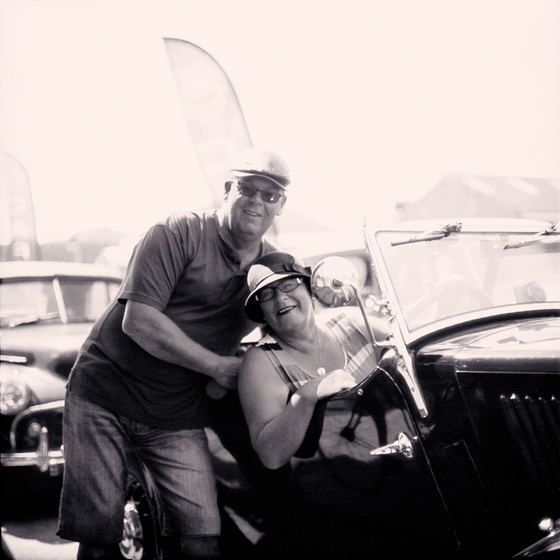

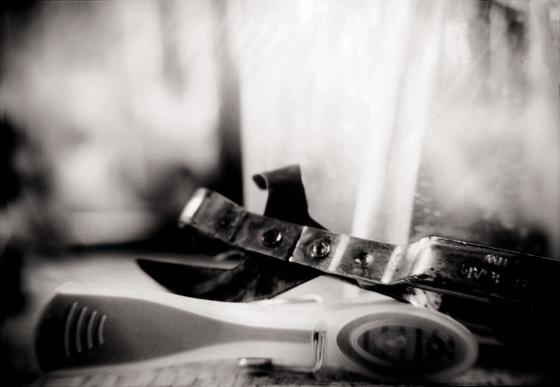
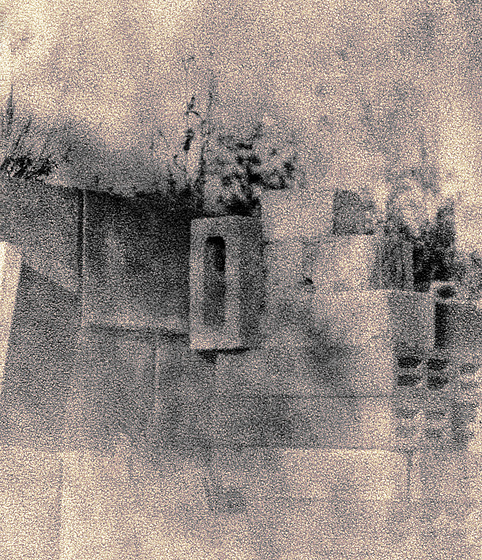

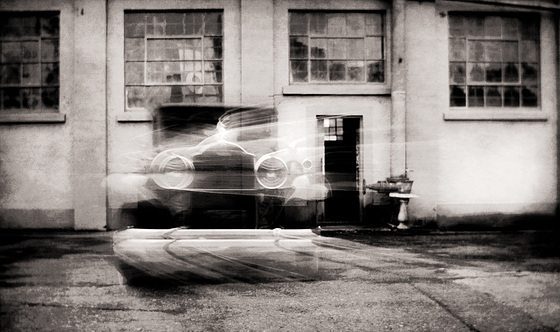

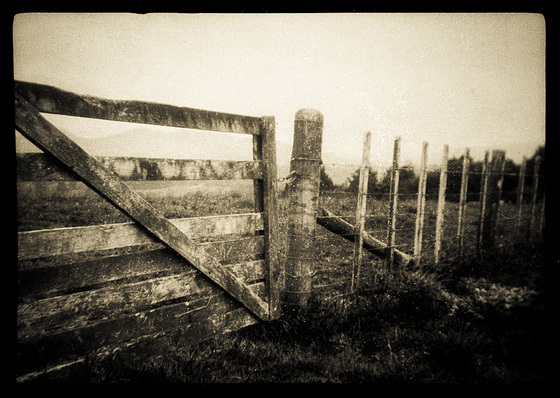
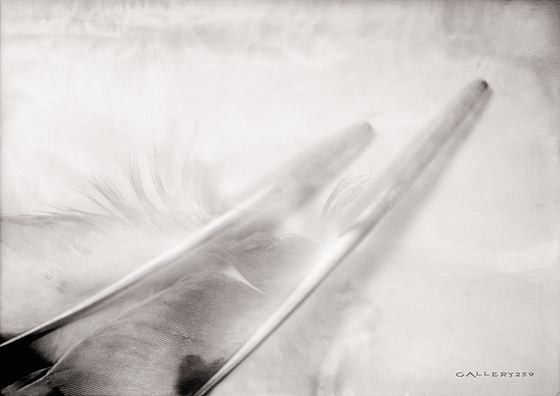
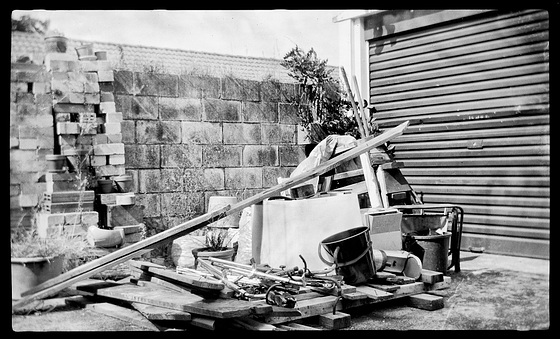

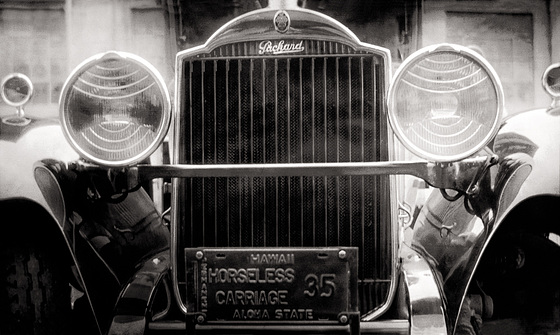
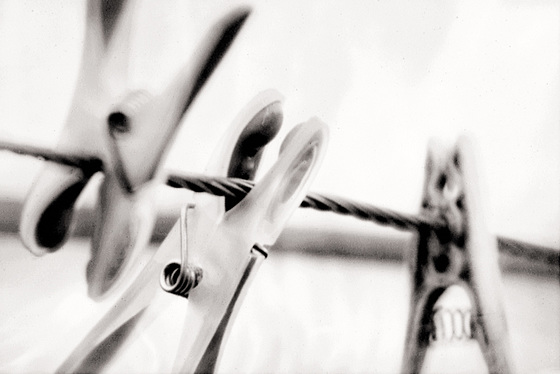
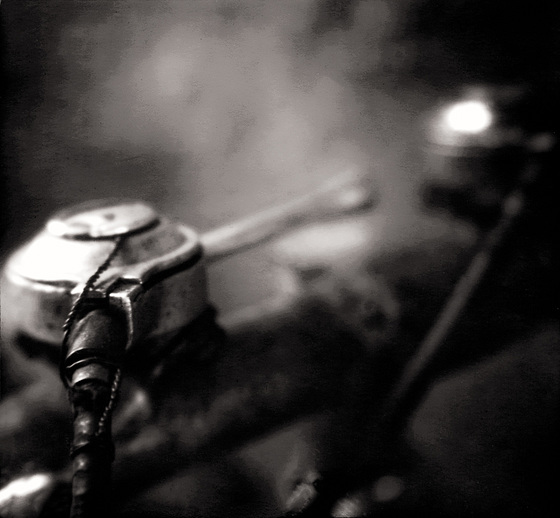
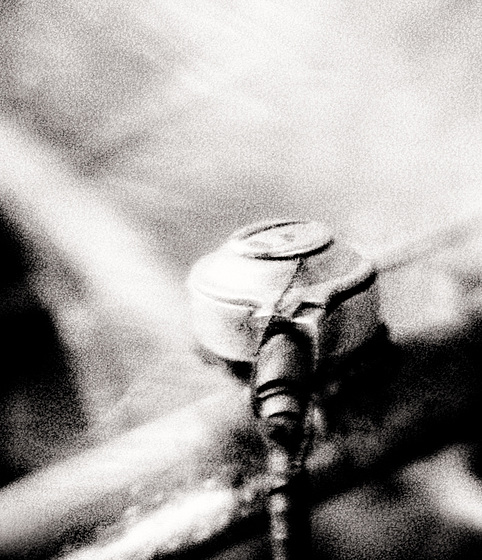
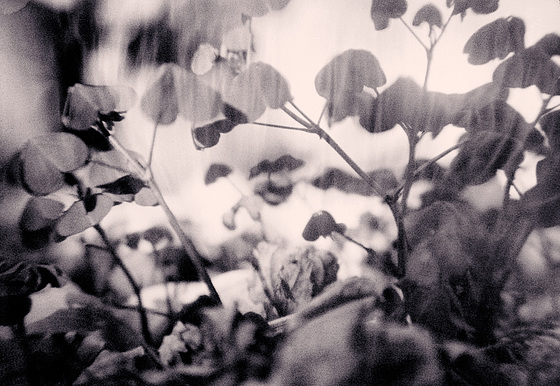
4 comments
Balancing Kiwi said:
Graham Hughes replied to Balancing Kiwi:
Graham Hughes said:
Blue rubber octopus said: